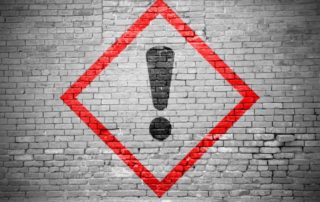PCN: What happens if a UFI is missing?
Those following the new PCN (Poison Centres Notification) legislation have most likely asked themselves the question – what happens if the external component UFI is missing? Specifications for components in the mixture The specification is quite clear, really: Own components must be listed with the level of detail specified in Annex VIII of the









